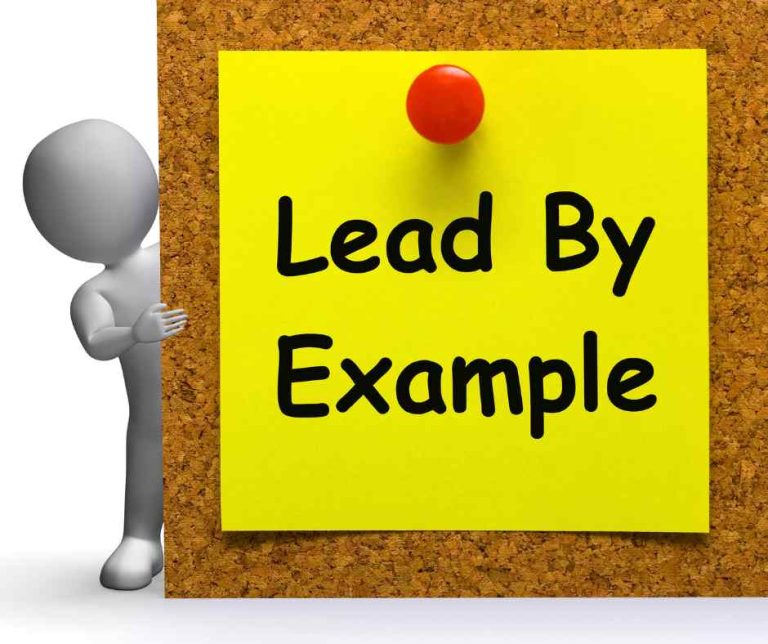Overcoming resistance to new ideas and suggestions within my team!
Resistance to new ideas can be detrimental to businesses because it can stifle innovation and creativity, limit growth and progress, and cause frustration and low morale among employees. When people are resistant to new ideas, they are less likely to embrace change and take risks, which can prevent the company from adapting to new challenges and opportunities.
This can lead to missed opportunities, reduced competitiveness, and decreased overall success. Additionally, resistance to new ideas can create a stagnant work environment, where people are less motivated and engaged, which can negatively impact productivity and results.
Resistance to new ideas and suggestions can be a common challenge for leaders, Fundamentally, it comes down to resistance to change. People generally don’t like change to their routine or their environment.
Formula for Change
In ActionCOACH we have a simple formula for change:
( D x V ) + FS > R
D = Dissatisfaction
V = Vision
FS = First Steps
R = Resistance

Let’s put some numbers in as we work through this.
How Dissatisfied is the team member with the current situation? Score that out of 10.
Does the team member have a clear vision of how the new idea or change could work for them and the business? Score that out of 10.
Are the First Steps to move forward clear and obvious and beneficial to the process? Score that out of 10.
What level of Resistance is there, really, to the new idea and the change? Score that out of 100, as a percentage.
So let’s say Resistance is more than half, 60%, the team member doesn’t think there is much of a problem so Dissatisfaction is low say 3 and the team member hasn’t got much of an idea of what the new idea will lead to so let’s say Vision is a 3 also, there is not much point in looking at the First Steps at this point even if they look clear and are an 8. ( 3 x 3 ) + 8 = 17 < 60.
This is not an uncommon outcome in the formula for change as often we focus on what we think we need to do to get the result before we consider what is getting in the way of interesting our team in engaging in the change.
So let’s break it down. How do we build dissatisfaction in a team member who is resistant to change and a new idea? Have a conversation with that team member about the current situation. What are the problems with it? What works well? What doesn’t work so well? What difficulties is it causing elsewhere in the business for the customer? What are the other impacts? What happens if it doesn’t get fixed? What is the impact on the team member personally? Conversationally build the problem to increase the emotion and dissatisfaction of the team member with the status quo.
Then having made the team member a little more unhappy with the status quo we can build their vision of what positive difference the change will be to the business performance and also to them personally through the same process. Spend time describing what the new idea looks like and feels like and its impact. Ask questions. If this is the outcome of the change, can you see how this will work better for you, for the customer, for the business? When we implement this idea, what improvement will it make to will it make for you, for the customer, for the business?
Then involve the team member in planning the first steps and resistance to change will be reduced. The formula for change might now look like this:
( D x V ) + FS > R
( 6 x 8 ) +9 = 57 > 30

Wider issues
The formula for change is a tool to use to move things forward, it is a tool that can deliver a good result. However, if resistance to new ideas and suggestions in your team is a regular and repeating issue then a deeper look at the culture and leadership of the team might be required.
Here are a few wider questions to consider.
- Is this a couple of isolated team members or the team generally?
- Whose new ideas are they resistant to?
- Are these team members involved in shaping the new ideas? Would they be more receptive if they were involved?
- Are these team members fully informed about the mission and direction of the business?
- Do these team members have clarity on their roles and responsibilities and the outcomes desired from their work in the business?
- What is communication like in the business? Is trust strong in the team?
- How are you performing as a leader?
- Do some of these questions need addressing? Here are a few tips to help you move forward more generally in these areas.
Communicate clearly:
Make sure your team understands the reasoning behind your ideas and suggestions. Explain the benefits and address any potential concerns they may have. Take time to demonstrate how this will benefit them and the business and how they fit into the business goals.
Involve your team:
Encourage team members to provide input and feedback on new ideas and suggestions. This can help build buy-in and ensure everyone feels heard. Better still, build Dissatisfaction with the status quo and Vision of having a better solution with them and ask them to come up with a new idea to solve the problem. If they own the idea and you support it, it will get done.

Lead by example:
Demonstrate a willingness to embrace change and new ideas yourself, encourage their ideas, and embrace them. Your team is more likely to follow your lead if they see that you are open-minded and willing to take risks.
Address underlying issues:
Sometimes resistance to change is driven by underlying issues such as fear of the unknown or a lack of trust. Address these issues directly and work to build trust and confidence in your team.
Gradual implementation:
Consider implementing new ideas and suggestions gradually, rather than all at once. This can help your team adjust to change and minimise resistance.

Recognise and celebrate successes:
When your team successfully implements new ideas and suggestions, recognize and celebrate their successes. This can help build momentum and encourage continued innovation.
By encouraging a culture of openness to new ideas and embracing change, businesses can foster innovation, drive progress, and improve their overall success.
Remember, change is not always easy, and it’s important to be patient and understanding as your team adjusts. By communicating effectively, involving your team, and leading by example, you can overcome resistance and build a culture of innovation and continuous improvement.
Join the NoLimits Business Community
Are you a business owner looking to take your business to the next level? Join our innovative community of like-minded professionals and gain access to a wealth of valuable resources, including a community portal to chat with other business owners, ebooks, business development software, and growth events that will transform the way you do business. Best of all, these resources are completely free and will be available to you forever.
But the benefits of joining our NoLimits business community don’t stop there. By becoming part of our community, you’ll have the opportunity to connect with other business owners, share insights and ideas, and build valuable relationships that will help your business thrive. Don’t miss out on this amazing opportunity to supercharge your business and join us today!
By Tom Allchurch

